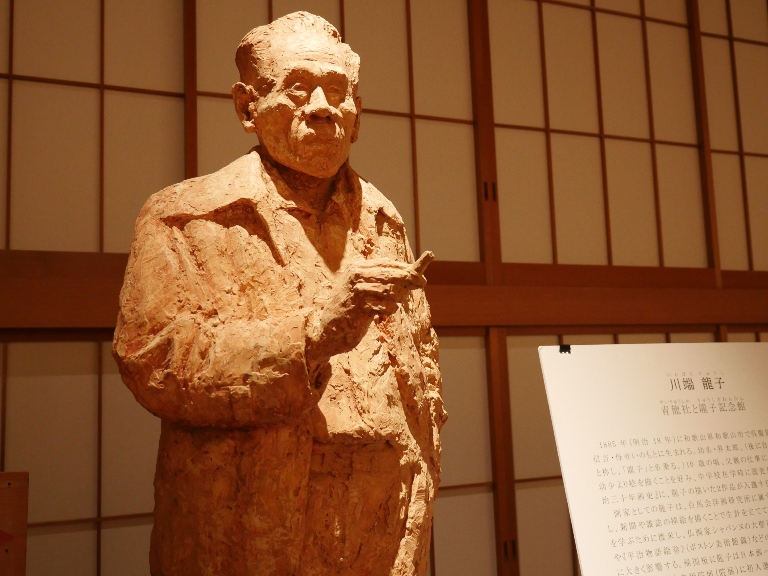Beginning
In the period from late Taisho to early Showa, many novelists and artists lived over the whole area of Magome and Sanno in Ota City, which was later called the “Magome Bunshimura (Magome Writers’ Village)”.
Leading novelists include Shiro Ozaki, Chiyo Uno, Yasunari Kawabata, Saisei Muroh, Sakutaro Hagiwara, Tatsuji Miyoshi, Jun Sakakiyama, Kinetaro Yoshida, Hanako Muraoka, and Shugoro Yamamoto, with some other artists, such as Kokei Kobayashi, Ryushi Kawabata, and Hasui Kawase as painters and Chouzan Sato as a sculptor.
Magome in their works
These novelists depicted Magome in their works.
The town has appeared in many works such as Kazuo Hirotsu’s Showa Shonen no Interi- sakka (Intellectual novelists in early Showa) and Hakushu Kitahara’s Kyororo Uguisu.
Some stories center on Magome.
Shiro Ozaki’s Kuuso Buraku (Fantastic village) and Jun Sakakiyama Magome Bunshimura (Magome Writers’ Village), for example, vividly depict the life at Magome where these novelists used to live.
Painters also enjoyed drawing the rural landscape in Magome. A good example is Hasui Kawase’s masterpiece, Magome no Tsuki (Moon in Magome) (1930).
Current status
Now, former houses and ateliers where these novelists and artists used to stay have turned into general residences, and the landscapes that appeared in their works are almost gone.
Signposts are installed nearby the former houses or sites. So why don’t you walk along the area by following these signposts or memorial halls and feel nostalgic for their life?
Access
Near Nishi-magome Station of Toei Asakusa Line or Omori Station of JR Keihin Tohoku Line
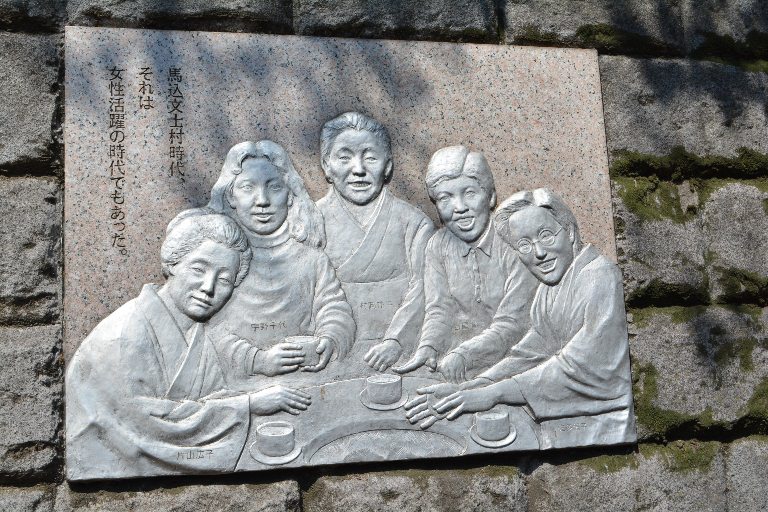
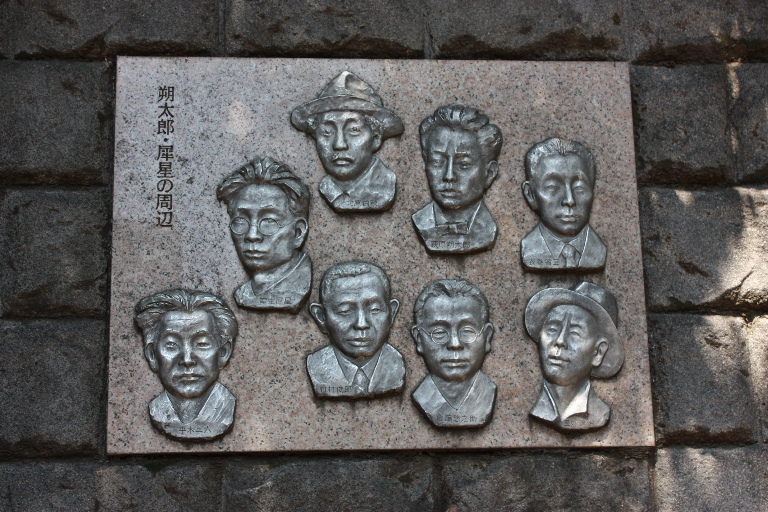
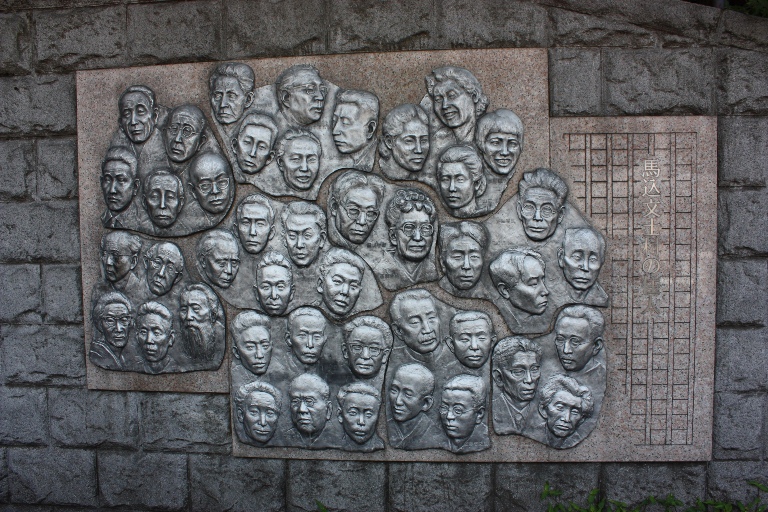
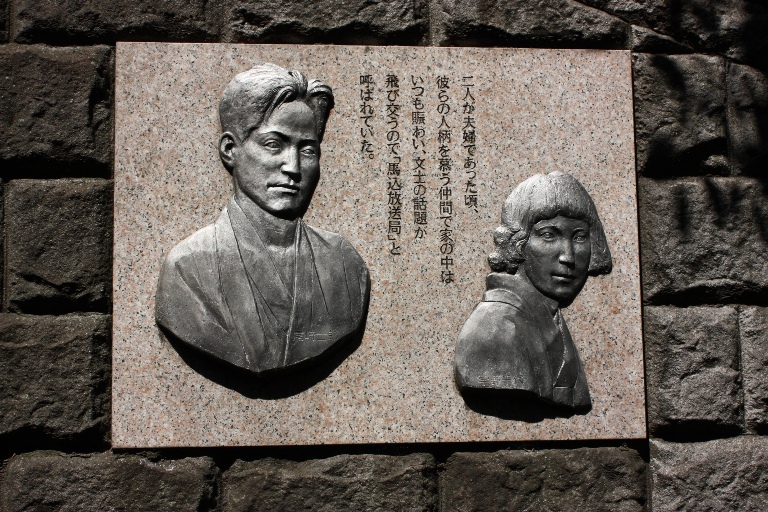
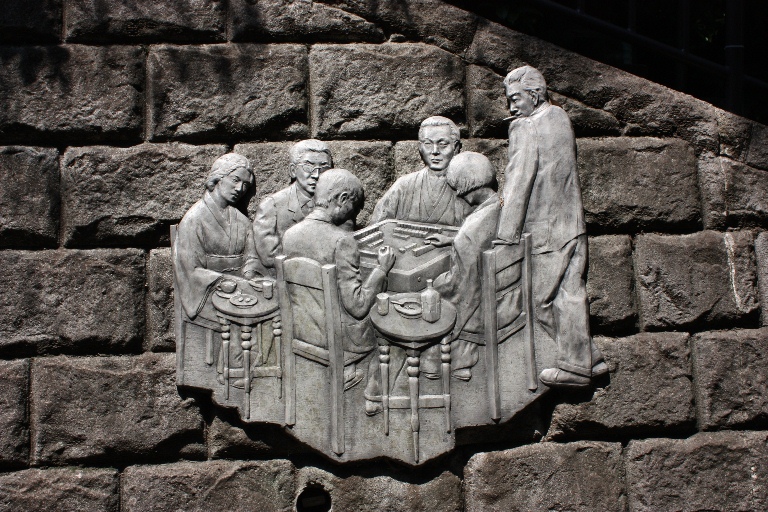
Folk Museum
The museum exhibits materials and cultural properties related to Ota City. It covers various fields, including archaeology, history, and folklore data.
It also contains many materials about Magome Writers’ Village, from which visitors can learn their life and work.
Address
5 Chome-11-13 Minami-Magome
Access
About a 8-minute walk from Nishi-magome Station of Toei Asakusa Line, about a 2-minute walk from “Manpukuji-mae” bus stop of Tokyu Bus for “Ebaramachi Station Entrance” from Sanno Exit of Omori Station of JR Keihin Tohoku Line
Closed
Mondays (open when it falls on a holiday), New Year holidays, temporary closures for exhibit change, etc.
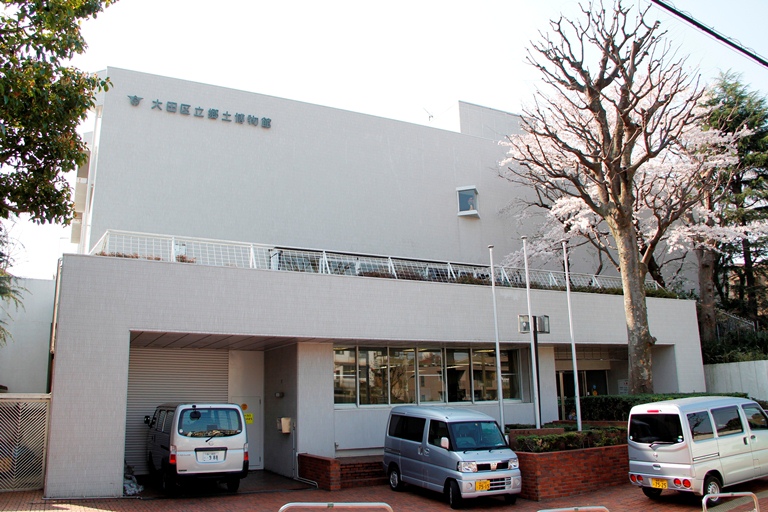
Kumagai Tsuneko Memorial Museum
Former residence of Tsuneko Kumagai, a modern female kana calligrapher also known for lecturing to the Empress Michiko, was renovated to exhibit her works.
It contains about 170 works and collects books about calligraphy.
Address:
4 Chome-5-15 Minami-Magome
Access
About a 10-minute walk from Nishi-magome Station of Toei Asakusa Line, about a 5-minute walk from “Manpukuji-mae” bus stop of Tokyu Bus for “Ebaramachi Station Entrance” from Sanno Exit of Omori Station of JR Keihin Tohoku Line
Hours
9:00 a.m.–4:00 p.m. (entrance closes at 4:00 p.m.)
Closed
Mondays (following day when it falls on a holiday), New Year holidays, temporary closures for exhibit change, etc.
Admission fee
Adults (aged 16 or older) 100 yen, children (aged 6 or older) 50 yen. Children under 5 and senior over 65 are free.
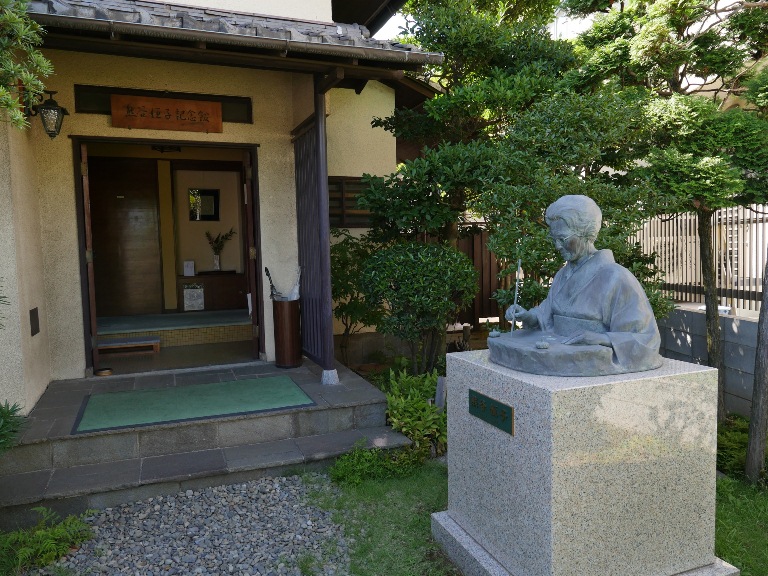
Shiro Ozaki Memorial Museum
Shiro Ozaki, one of the leading figures in Magome Writers’ Village, lived for most of his life in Ota City. His library, guest room, and study at his former residence built in the very end of his life were reconstructed here.
Access
About a 10-minute walk from Omori Station of JR Keihin Tohoku Line, about a 3-minute walk from “Sanno 2 Chome” bus stop of Tokyu Bus from Omori Station of JR Keihin Tohoku Line or Magome Station of Toei Asakusa Line
TEL
03-3772-0680(Ota City Ryushi Memorial Museum)
No entry allowed in the building. Visitors can look into the exhibits from the garden with benches and a rest room.
Closed
New Year holidays, temporary closures
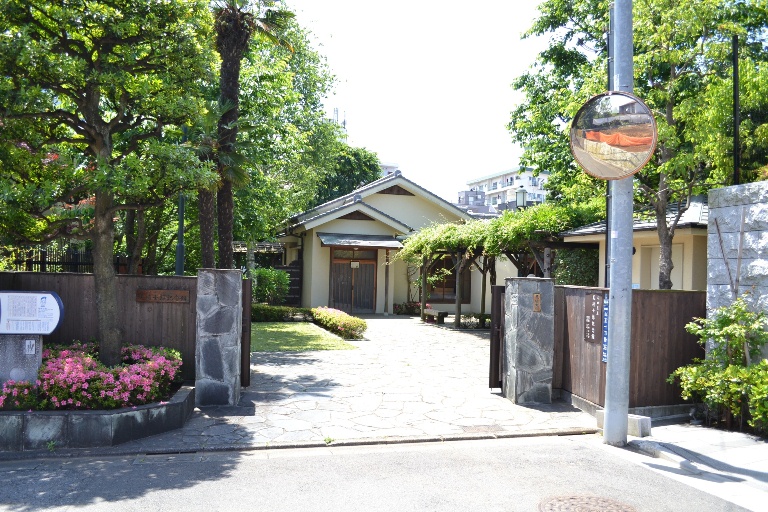
Sanno Sodo Memorial Museum
The former residence of Soho Tokutomi, who is known as a founding publisher of Kokumin noTomo, Japan’s first general-interest magazine, was partly preserved in the memorial hall, where visitors can look at valuable materials such as handwritten manuscripts.
The Soho Park, where the hall is located, will show beautifully colored leaves in autumn.
Address
1 Chome-41-21 Sanno (In the Soho Park)
Access
About a 15-minute walk from Omori Station of JR Keihin Tohoku Line, about a 5-minute walk from “Magome Ginza” bus stop of Tokyu Bus from Omori Station West Exit of JR Keihin Tohoku Line or Magome Station of Toei Asakusa Line
Hours
9:00 a.m.–4:30 p.m. (entrance closes at 4:00 p.m.)
Closed
New Year holidays, temporary closures
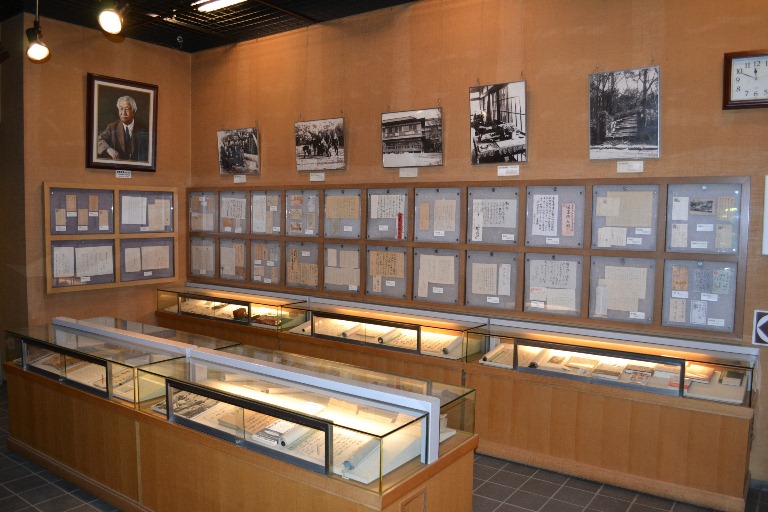
Ryushi Memorial Museum
This museum of great artistry exhibits the works and materials used by Ryushi Kawabata, a painter who breathed new life in the world of Japanese painting with its bold stroke and expression style.
Access
About a 2-minute walk from “Usuda Sakashita” bus stop of Tokyu Bus for “Ebaramachi Station Entrance” from Omori Station Sanno Exit of JR Keihin Tohoku Line, about a 15-minute walk from Nishi-magome Station of Toei Asakusa Line
Hours
9:00 a.m.–4:30 p.m. (entrance closes at 4:00 p.m.)
Closed
Mondays (following day when it falls on a holiday), New Year holidays, temporary closures for exhibit change, etc.
Admission fee
Adults (aged 16 or older) 200 yen, children (aged 6 or older) 100 yen. Children under 5 and seniors over 65 are free.
(Group of 20 and more–adults 160 yen, children 80 yen. Fees to be determined for each special exhibition)
